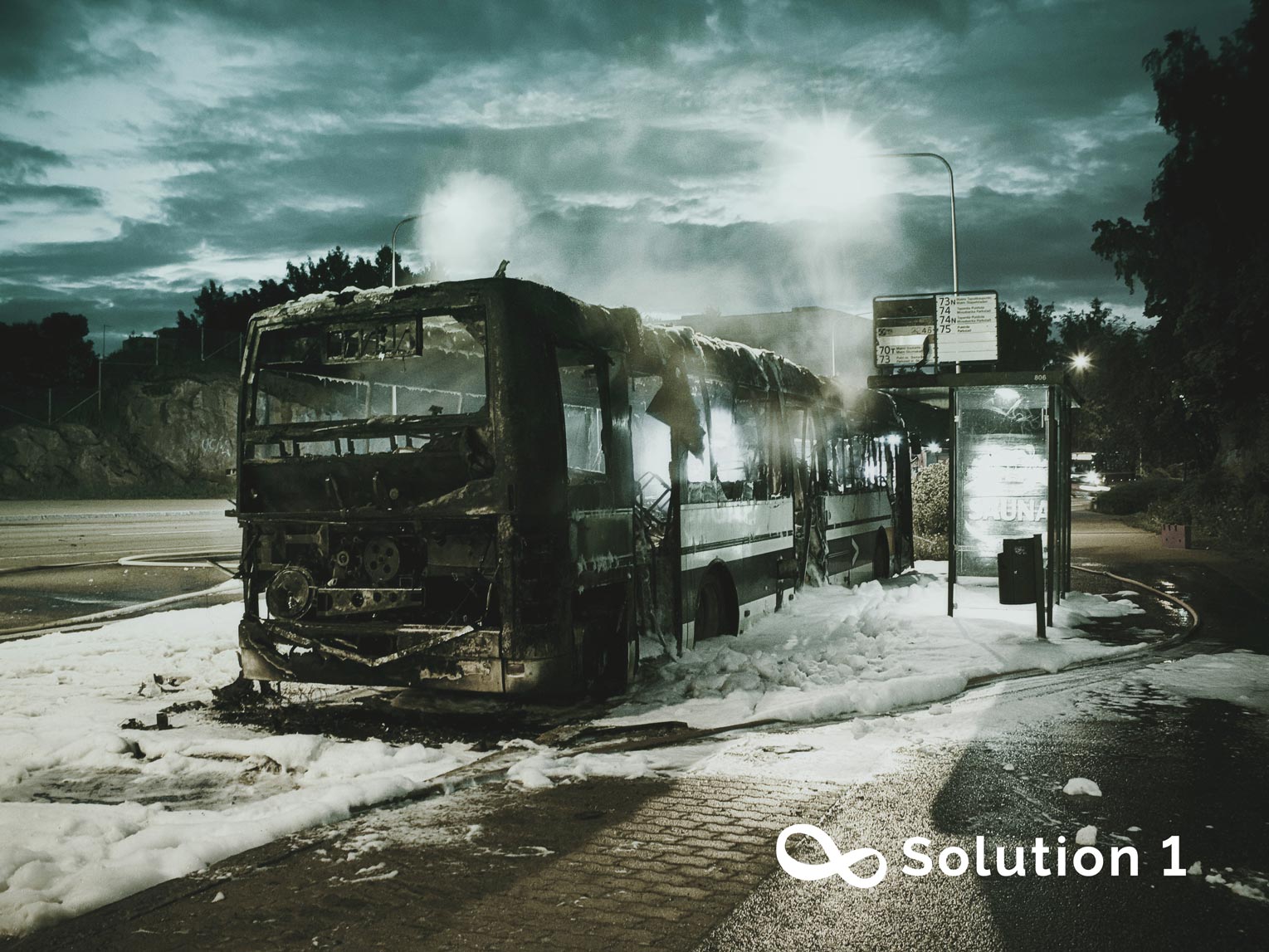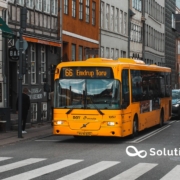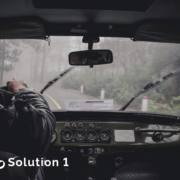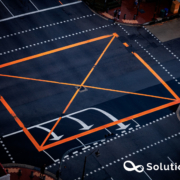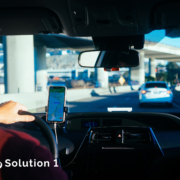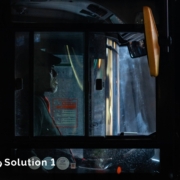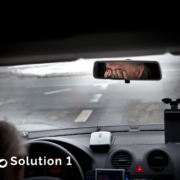Nowadays, it has become a trend to mount cameras for object detection in blind spots.
As public transport vessels, buses can help increase road safety, since by reducing traffic on the road, they help reduce individual exposure to vehicles, and they are less likely to be involved in serious road collisions than cars.
Further improvements in traffic safety are needed, to reduce the number of fatalities per bus compared with other types of vehicles or the number of collisions per million passenger kilometers which some studies still find to be comparable to collisions per million car driver kilometers.
Approaches to improving road safety are normally aimed at the vehicle, road, or driver. Through design contractual conditions, transit authorities have the potential to influence each of these aspects of bus operations, such as vehicles, routes, and drivers. Despite this, the role of transit authorities in improving traffic safety appears to have been neglected.
Although bus accidents are very rare around the globe, there are still approximately 60,000 buses involved in traffic accidents in the United States every year. These accidents lead to 14,000 non-fatal injuries and 300 fatal injuries.
Similarly, every year in Europe approximately 20,000 buses are involved in accidents that cause approximately 30,000 injuries. These accidents mostly occurred due to thrill-seeking driving, speeding, fatigue, stress, aggressive driving behaviors, etc.
The collision detection systems of cars mostly focus on front and rear-end collision scenarios. Accidents involving buses and other road users, such as pedestrians, bicyclists, motorcyclists, or car drivers and passengers, usually cause more severe injuries to these road users.
In recent years, different drowsiness detection techniques have been proposed to detect car drivers’ drowsiness and prevent possible collisions. At the same time, buses operate in a complicated environment where a significant number of unintended obstacles such as pulling out from bus stops, passengers, unloading, pedestrians crossing in front of buses, bus stop structures, etc.
Additionally, buses have higher chances of side collisions due to constrained spaces and maneuverability. Especially at turns, researchers found that the task demand on bus drivers is pretty high.
Heavy vehicles and buses, which have more blind spots compared to cars and other road users in these road environments, are at higher risks of collisions. Improvements to heavy vehicle and bus safety have been initiated by many countries through the installation of additional mirrors. However, there are still some blind-spot areas where drivers cannot see other road users.
Since buses may have many passengers on board, sudden braking or stopping may occur a significant number of onboard passenger incidents. These challenges may entail different requirements for collision detections for public buses than for cars. For this reason, a blind-spot detection system can be designed for public buses to predict impending collisions in their proximity and to reduce operational interruptions.
It could provide adequate time for the driver to smoothly push the brake or take any other precautionary measures to avoid such imminent collision threats as well as avoid injuries inside the bus. Over the past few years, many types of collision detection techniques have been proposed. Among these, vision-based collision detection techniques provide reliable detection of vehicles across a large volume.


